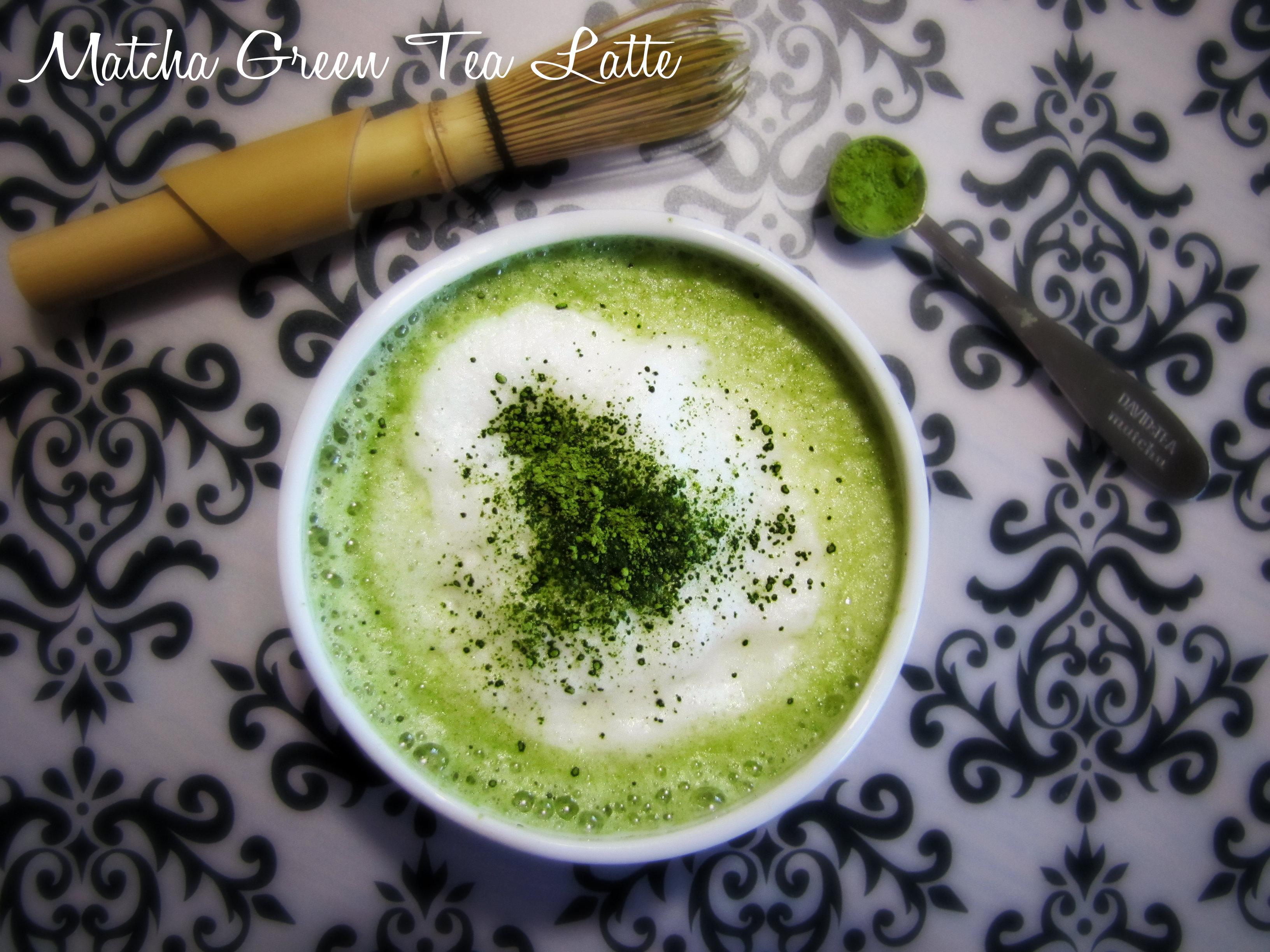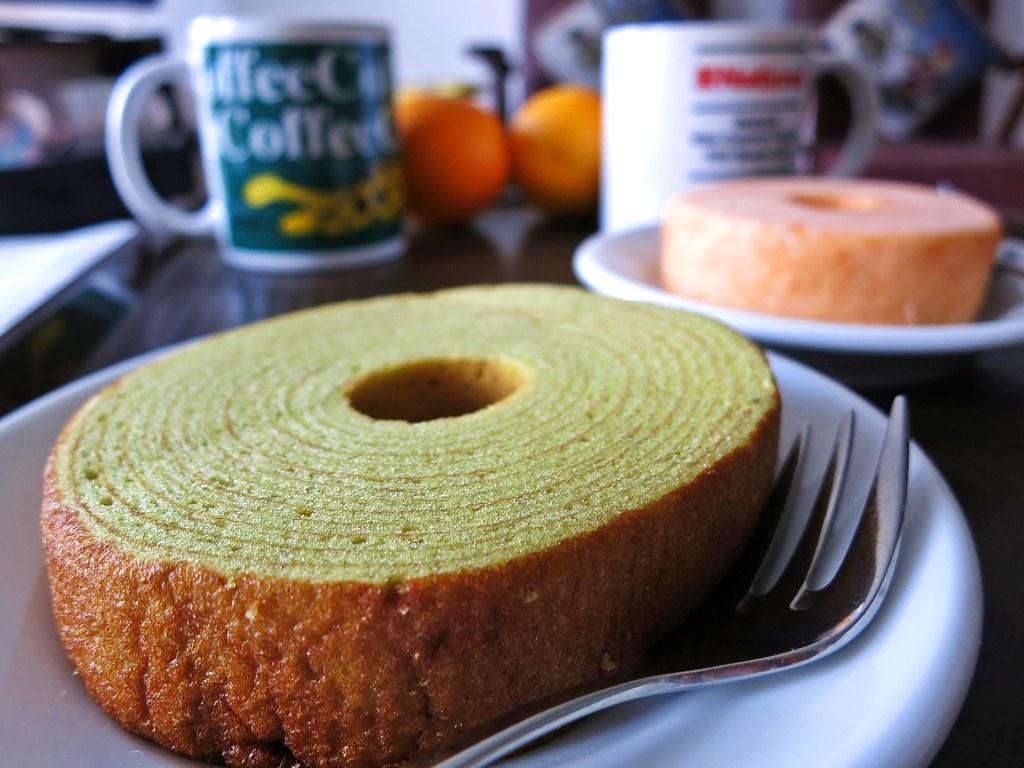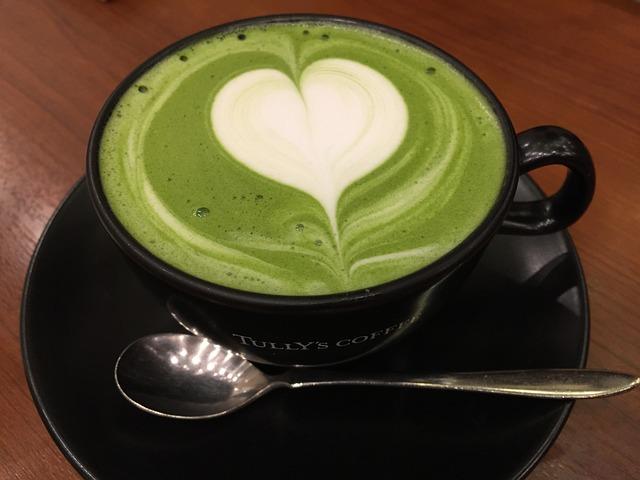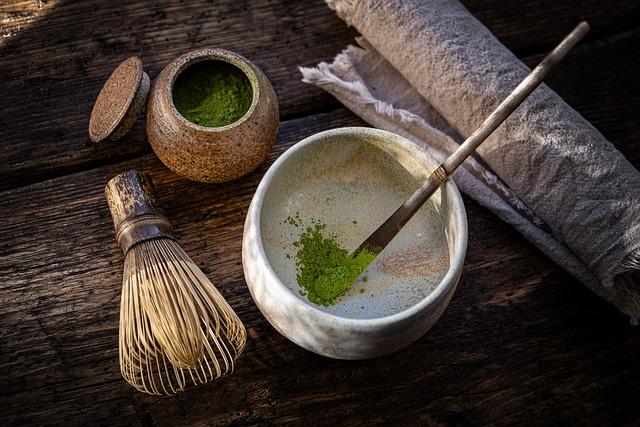In the verdant hills of Japan, where the air is thick with the scent of tradition and the leaves of the Camellia sinensis plant are transformed into the vibrant green powder known as matcha, a quiet revolution has been brewing. Once the domain of Zen monks and tea ceremonies, matcha has emerged as a darling of the wellness world, celebrated for its purported health benefits and versatility as a superfood ingredient. But as matcha lattes, smoothies, and desserts proliferate in cafes and kitchens worldwide, a question lingers in the air as dense as the matcha itself: Is this emerald elixir truly deserving of its superfood status, or is it merely the latest fad in an ever-turning cycle of health trends? This article delves into the heart of matcha’s meteoric rise, examining the science, the skepticism, and the cultural currents that have propelled it to the top of the superfood hierarchy, inviting readers to sift through the hype and discover whether matcha’s merits are grounded in reality or simply in the vibrant green of its allure.
Exploring Matchas Nutritional Claims
Matcha, a finely ground powder of specially grown and processed green tea leaves, has gained substantial popularity in the wellness community. Its nutritional profile is often highlighted as one of the main reasons for its status as a superfood. Antioxidants, particularly catechins, are touted as matcha’s most prominent health benefit. These compounds are known for their ability to fight free radicals in the body, potentially reducing the risk of chronic diseases. Additionally, matcha is celebrated for its caffeine content, which provides a more sustained energy boost compared to coffee due to the presence of L-theanine, an amino acid that promotes relaxation without drowsiness.
Beyond its antioxidant and caffeine content, matcha is also rich in vitamins and minerals. Here are a few nutrients you might find in a serving of matcha:
- Vitamin C – Known for its immune-boosting properties.
- Chlorophyll – Gives matcha its vibrant green color and may support detoxification.
- Fiber – Aids in digestion and helps maintain a healthy gut.
- Potassium – Essential for heart and muscle function.
While these nutritional aspects are compelling, it’s essential to consider the broader context of one’s diet and lifestyle when evaluating matcha’s health benefits. As with any superfood, moderation and balance are key.

The Cultural Roots of Matchas Popularity
Matcha’s rise to fame in the Western world is not merely a product of its nutritional profile but is deeply intertwined with its rich cultural heritage. Originating from Japan, matcha has been a cornerstone of traditional Japanese tea ceremonies for centuries. These ceremonies, known as chanoyu, emphasize mindfulness, respect, and tranquility, values that resonate with many individuals seeking a deeper connection to their food and drink in today’s fast-paced world. The ceremonial preparation of matcha, with its precise whisking and attention to detail, offers a meditative experience that extends beyond the cup.
- Historical Significance: Matcha was introduced to Japan from China in the 12th century and has since become a symbol of Zen Buddhism.
- Aesthetic Appeal: The vibrant green hue of matcha is visually captivating, aligning with the modern trend of photogenic food.
- Holistic Lifestyle: Matcha’s association with wellness and mindfulness taps into a growing global interest in holistic health practices.
By integrating matcha into their diets, consumers are not just ingesting a superfood but are also embracing a piece of cultural history that emphasizes harmony and balance. This cultural depth adds layers to matcha’s appeal, making it more than just a fleeting trend in the health food industry.
Comparing Matcha to Other Superfoods
When it comes to the realm of superfoods, matcha stands out with its vibrant green hue and rich cultural heritage. Yet, how does it truly stack up against other popular contenders like chia seeds, spirulina, and acai berries? Each superfood boasts its unique set of benefits, making them appealing in different ways.
- Matcha: Known for its high concentration of antioxidants, particularly catechins, matcha also offers a calm alertness due to the presence of L-theanine, an amino acid that promotes relaxation without drowsiness.
- Chia Seeds: These tiny seeds are celebrated for their high fiber content and omega-3 fatty acids, making them excellent for digestive health and heart support.
- Spirulina: Packed with protein and a wide array of vitamins and minerals, spirulina is a powerhouse for those seeking a plant-based nutrient boost.
- Acai Berries: With their deep purple color, acai berries are rich in anthocyanins, which are linked to enhanced brain function and anti-inflammatory properties.
Each of these superfoods offers distinct advantages, catering to diverse health goals. While matcha is revered for its mental clarity and detoxifying properties, others might prioritize different nutritional needs. Thus, whether matcha is overrated or not largely depends on individual health priorities and preferences.

Guidelines for Incorporating Matcha into Your Diet
Integrating matcha into your daily routine can be both delightful and health-boosting, provided you do it thoughtfully. Start with small amounts to allow your body to adjust to its unique properties. Consider your caffeine tolerance, as matcha contains a moderate amount that may not suit everyone if consumed excessively. Experiment with different forms of matcha, such as lattes, smoothies, or even incorporating it into baking, to find what suits your taste buds and lifestyle best.
When choosing matcha, opt for high-quality, ceremonial grade for the best flavor and health benefits. Be mindful of the added ingredients in pre-made matcha products, as they can often contain sugars or additives that may counteract the health benefits. Here are a few tips to enhance your matcha experience:
- Pair with healthy fats: Adding coconut milk or almond milk can enhance absorption of its nutrients.
- Combine with other superfoods: Mix matcha with chia seeds or spirulina for an extra nutritional punch.
- Stay hydrated: Matcha is a diuretic, so ensure you are drinking enough water throughout the day.
In Summary
As we close the chapter on our exploration of matcha, it’s clear that this vibrant green powder has stirred both admiration and skepticism. Whether you view it as a miraculous elixir or just another fleeting trend, matcha undeniably holds a place in the pantheon of superfoods that captivate our collective curiosity. Its story is one of tradition meeting modernity, where centuries-old rituals blend seamlessly with contemporary wellness pursuits. Ultimately, whether matcha is overrated or deserving of its pedestal may not be the most crucial question. Instead, it invites us to consider the broader narrative of how we choose to nourish our bodies and minds. As with any ingredient in our diverse and ever-evolving dietary landscape, perhaps the true power lies not in the claims or controversies, but in the choices we make for ourselves. So, whether you sip it, sprinkle it, or simply pass it by, may your journey with matcha be as invigorating as the drink itself.
